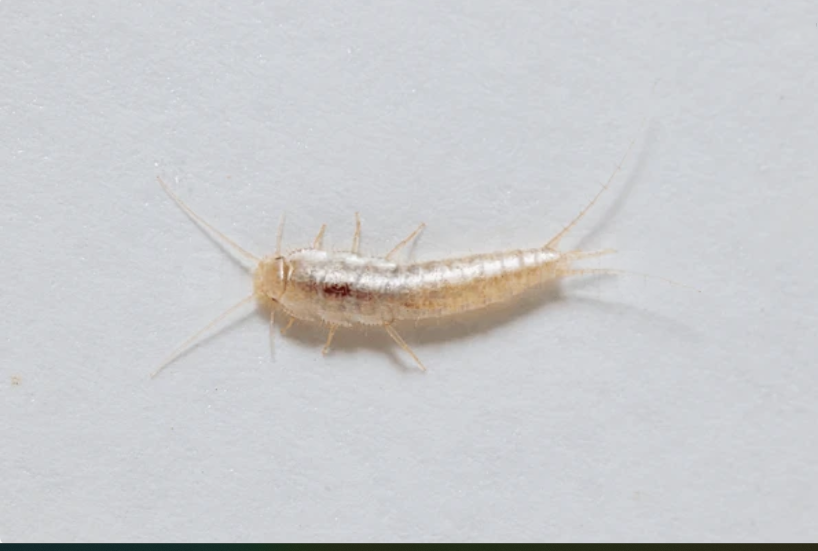They don’t sting, don’t screech, and yet, somehow, silverfish still know how to make skin crawl the moment they flicker past your peripheral vision. Slippery, scaled, and twitchy as a nightmare, these prehistoric pests look like props from a B-grade alien movie, and that’s being generous. You might locate them darting across your sink in the middle of the night, quick as a flicker.
Indeed, they won’t chase you or hiss, but silverfish sneak around doing quiet damage that often slips past notice until it’s too late. From vintage books to wallpaper glue, they like to feast on all things that are sweet and starchy. By the time you spot the first squirmy flash, chances are they’ve already been feasting under your nose for weeks, maybe longer.



